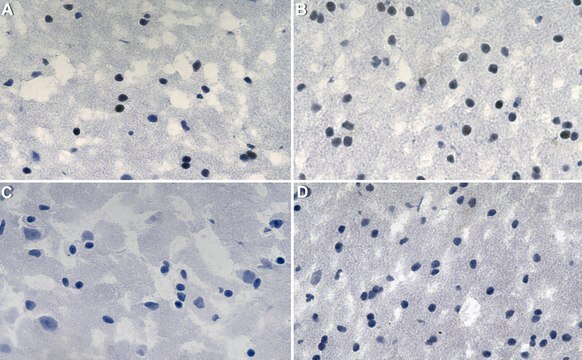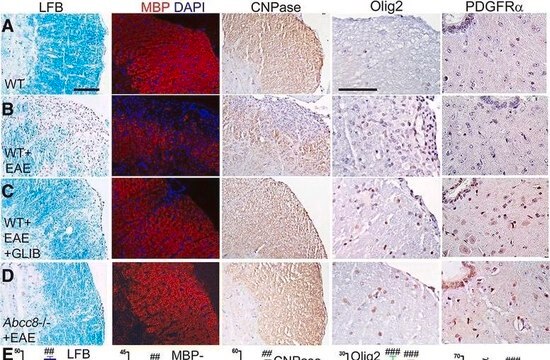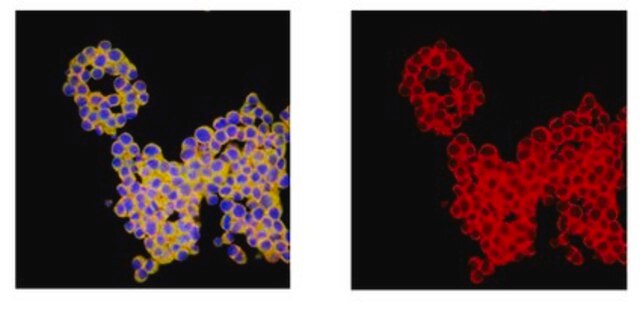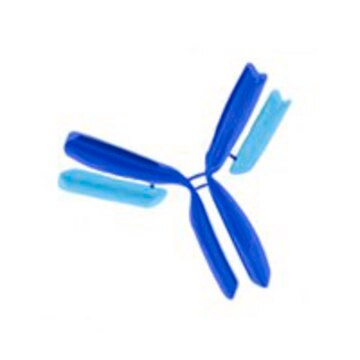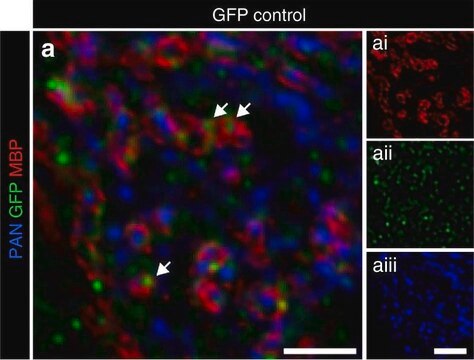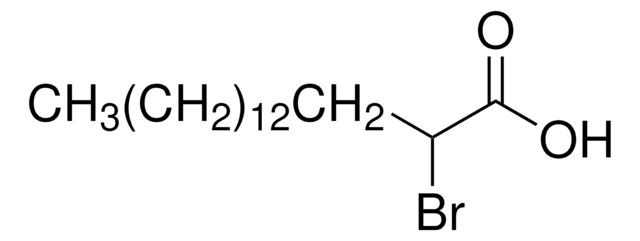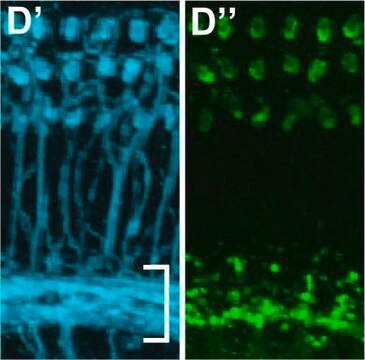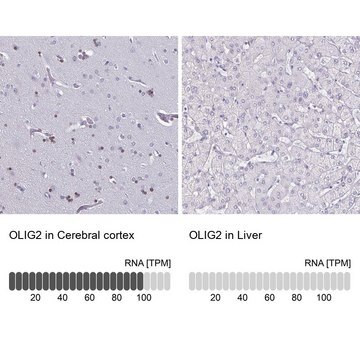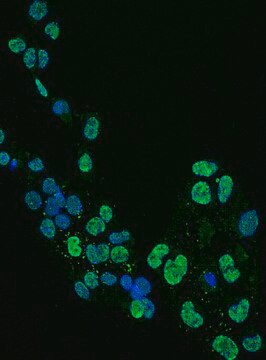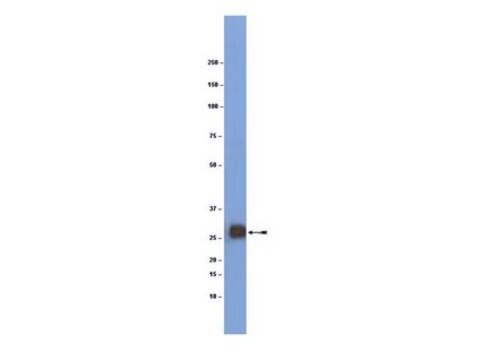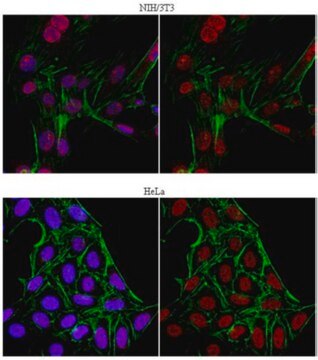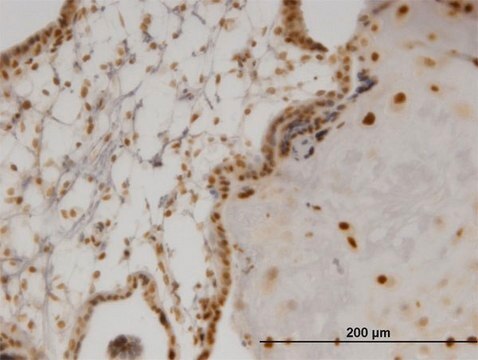AB9610
Anti-Olig-2 Antibody
Chemicon®, from rabbit
Synonym(s):
Oligodendrocyte transcription factor 2, Oligo2, Class B basic helix-loop-helix protein 1, bHLHb1, Class E basic helix-loop-helix protein 19, bHLHe19, Protein kinase C-binding protein 2, Protein kinase C-binding protein RACK17
About This Item
Recommended Products
biological source
rabbit
Quality Level
antibody form
purified antibody
antibody product type
primary antibodies
clone
polyclonal
species reactivity
mouse, human, rat
manufacturer/tradename
Chemicon®
technique(s)
immunocytochemistry: suitable
immunohistochemistry (formalin-fixed, paraffin-embedded sections): suitable
immunoprecipitation (IP): suitable
western blot: suitable
NCBI accession no.
UniProt accession no.
shipped in
wet ice
target post-translational modification
unmodified
Gene Information
human ... OLIG2(10215)
General description
Specificity
Immunogen
Application
Neuroscience
Neuronal & Glial Markers
1:2,500-1:5,000 dilution of a previous lot was used in western blot on human, rat and mouse cell lines (human oligodendroglioma, rat primary neurepithelial, mouse transfected) and tissues (brain and spinal cord).
Immunoprecipitation:
1:500-1:1,000 with human oligodendroglioma and mouse transfected cell line.
Optimal working dilutions must be determined by the end user.
Immunocytochemistry:
1:500-1:1,000 dilution of a previous lot was used in immunocytochemistry on human, rat and mouse cell lines (human oligodendroglioma, rat primary neurepithelial, mouse transfected) and tissues (brain and spinal cord).
Optimal working dilutions must be determined by the end user
Quality
Immunohistochemistry (Paraffin):
Representative lot data.
Anti-Olig2 (AB9610) staining pattern morphology in glioblastoma. Tissue was pretreated with TE Buffer, pH 9.0. Polyclonal antibody was diluted to 1:500, using IHC-Select Detection with HRP-DAB.
Optimal Staining With TE Buffer Epitope Retrieval: Glioblastoma
Target description
Physical form
Storage and Stability
Analysis Note
Mouse brain whole cell lysate, PC12 whole cell lysate, brain (rat) tissue lysate
Legal Information
Disclaimer
Still not finding the right product?
Give our Product Selector Tool a try.
recommended
Storage Class Code
12 - Non Combustible Liquids
WGK
WGK 1
Flash Point(F)
Not applicable
Flash Point(C)
Not applicable
Certificates of Analysis (COA)
Search for Certificates of Analysis (COA) by entering the products Lot/Batch Number. Lot and Batch Numbers can be found on a product’s label following the words ‘Lot’ or ‘Batch’.
Already Own This Product?
Find documentation for the products that you have recently purchased in the Document Library.
Customers Also Viewed
Articles
Derivation and characterization of functional human neural stem cell derived oligodendrocyte progenitor cells (OPCs) that efficiently myelinate primary neurons in culture.
Our team of scientists has experience in all areas of research including Life Science, Material Science, Chemical Synthesis, Chromatography, Analytical and many others.
Contact Technical Service